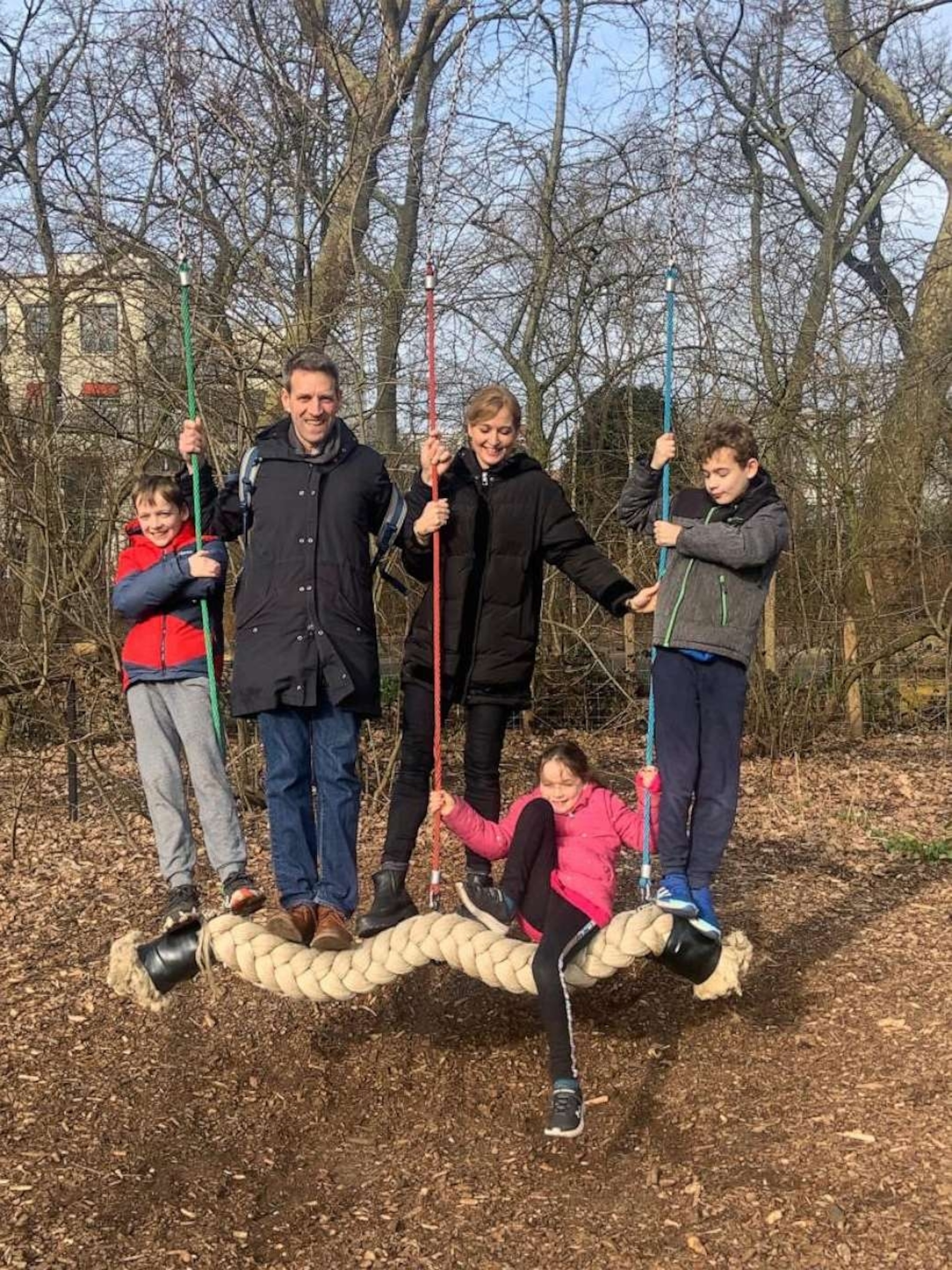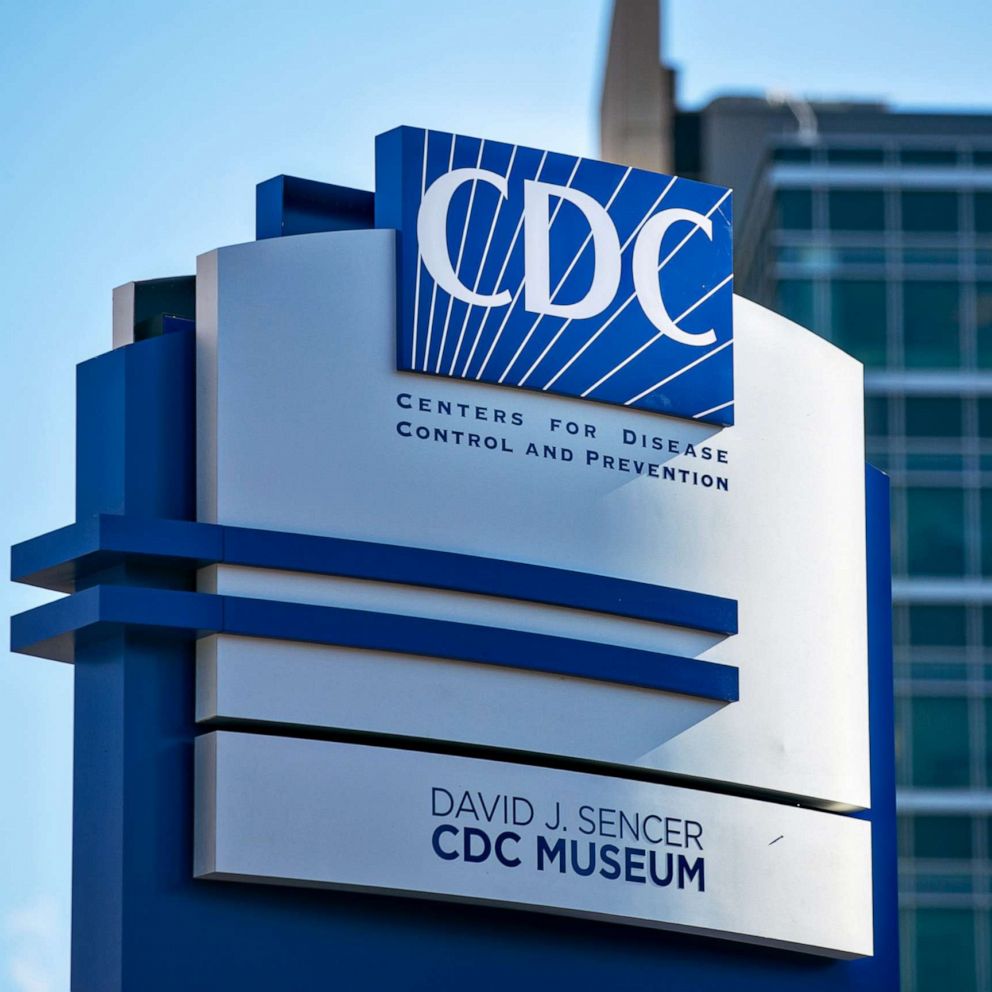Parents of children with rare genetic condition fight to develop treatment options with new charity
Tom and Rosie Dixon are two of only 70 people worldwide with this diagnosis.
LONDON -- When Mel and Charlie Dixon were told by doctors that two of their three children had a life-altering, ultra-rare genetic condition, there was still worse news to come.
Rosie, 8, and Tom, 13, were diagnosed with a mutation of the DHDDS gene, a condition which can cause neurological symptoms including tremors, coordination issues, seizures and learning difficulties.
The children are two of around only 70 people worldwide to have been diagnosed with the condition, according to the geneticist involved in making their diagnosis. After receiving the devastating diagnosis, they said doctors told them there was no treatment for it and that it would fall upon them to fund and find a cure.
"I think we were a bit shocked," Charlie Dixon told ABC News of receiving the children's diagnosis at age 13 and 7, "because we were simply told they had a gene mutation and it was very rare. And we really had to just go out and find out about it for ourselves, because there wasn't any information at all."

"From the point of getting the diagnosis, we still weren't really much clearer as to what was going on with the kids," said Mel Dixon. "[We were only] told that [they believed the condition was] neurodevelopmental and, in most cases, also neurodegenerative, which is obviously not the news that any parent wants to hear."
Searching for a diagnosis
The process of getting the diagnosis was a lengthy one and involved complex testing.
"The process that we used to diagnose this was something called whole genome sequencing," said Dr. Frances Elmslie, consultant clinical geneticist at St. George's University Hospitals in Britain's National Health Service, who was part of the team that diagnosed the children's condition.
"What I said to the lab in this instance was that I thought Tom and Rosie ... had a problem with their gait, with their balance, and they also had a tremor. So, the lab then went and looked at a panel of genes that were associated with poor balance … And so they were able to pull out the fact that this was the gene implicated in causing their problems," Elmslie added.
The technology required to diagnose the condition has only been available in health systems for a short time, so it is likely that there are more people who suffer from the condition but have not been diagnosed, according to Elmslie.
After receiving the diagnosis, the couple decided to take action to give their children a chance of a brighter future by starting a charity, Cure DHDDS, which aims to both to support families affected with these rare mutations and drive research and fund potential treatments.
"Now we've got a bit of a better understanding, we are just trying to go out and find as many people as we can to help with the research and raising the profile of the charity, find as many people as we can who might be suffering with the same mutation so that if they were to find any treatment that it can be tested, or they can have access to it," Charlie Dixon said.
In addition to the burden of trying to push the development of new treatments, the Dixons must also contend with trying to raise enough money to fund them.
The London-based couple have begun working with American biotech company Perlara, which specializes in ultra-rare diseases. They hope that through the firm's accelerated AI treatment screening platform they can find an existing drug that will treat the cause of the children's illness.

The costs of this work however, are high and the family has to fund it themselves. They are also raising money for disease models for their mutation, as well as raising funds to see if RNA therapy could potentially help cure the condition. The initial costs run up to 500,000 pounds (around $655,000), while the costs of therapies like RNA would run into the millions.
In addition to raising money, the Dixons are building a community, bringing together families affected by rare conditions and scientists who are working on research that might benefit them.
"We've managed to come a long way in a pretty short space of time having found a Facebook group with only one person in it," Charlie Dixon said.
"We're there both to support families affected with these rare mutations and also to drive the research into it," Mel Dixon added. "Our conditions are metabolic conditions, and there's been lots of breakthroughs lately with other metabolic diseases, which gives us hope. We've been told by the scientists we're hitting it at the right time, in terms of medical breakthroughs."
The condition is already impacting the family's day-to-day life: Mel Dixon explained that Tom is in a specialist school where there are only eight students per class and the curriculum is differentiated. At school, Tom gets physiotherapy, occupational therapy and speech and language support.
In addition, he does daily physiotherapy at home, as he suffers with periodic back pain, and also does visual tracking exercises to try to strengthen his eye muscles, as he has a squint.
Rosie is still in mainstream education and is on a government-created Education, Health and Care plan, a legal outline which provides her with 20 hours of support each week to help with her learning.
Rosie's plan also helps ensure that she can move around her school safely due to her reduced balance and coordination. Within the school day, Rosie's teacher also supports her with a mixture of fine and gross motor exercises.
Medications are at a minimum, as the family are awaiting results from research to find out which drugs will help them most effectively.
"It is the tremors particularly that can make everyday tasks difficult, like drinking from a cup, putting on shoes, carrying a plate. All very basic tasks that we all take for granted. This is what we find the most heartbreaking for them," Mel Dixon said.
The couple also hope that any breakthroughs in research may be able to bring benefits to the wider community.
"We our share our metabolic pathway with quite a lot of other conditions, so the hope is that what will work for one condition will also help other conditions that follow that metabolic pathway," Mel Dixon said.
For now, the family fights on, having recently raised around $73,000 with a sponsored walk, bringing the total amount they have raised since receiving the diagnosis in November 2022 to almost $160,000, and experts say that they have reason to believe that they may be able to effect change.
"I think that there is real hope for this condition. And I would not say that about every genetic condition that we manage and see in people," Elmslie said.







